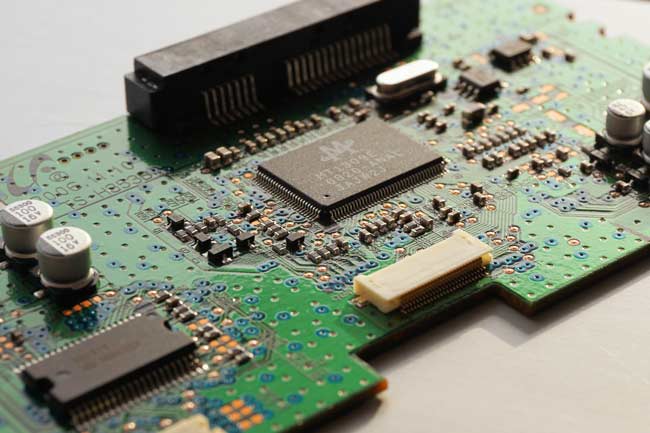Medical devices are known to need a very long product lifecycle in comparison to many consumer devices. This is understandable as before reaching the market medical devices have to go through long qualification and certification cycles. With the growing focus on personalized medicine and connected health, electronic medical devices become more and more important. Medical devices from pacemakers and active implants to blood pressure monitors and other critical products increasingly rely on semiconductors along with other electronic components. Many electronic components however have lifecycles which are shorter than that of the medical device in which they are used which has always created a challenge. The current worldwide and unprecedented electronic components shortage is adding to the challenge that the healthcare industry is facing. To avoid situations of production delays or disruptions, implementing an efficient obsolescence management strategy is vital. Design for Manufacturing (DFM) with an efficient obsolescence management strategy is the best long term solution to sustain a product’s parts throughout its lifecycle.
Current challenges of the electronic component supply chain
The demand for electronic components has exceeded manufacturers’ capacity level for producing components globally. This began in 2017 and will continue for at least the next two years. Pricing and lead times have increased, especially for capacitors, resistors and diodes though the shortages are not limited to just these components. Lead-times are even changing daily for a variety of different components and can reach up to 18, even 36 months. Obsolescence and End of Life (EOL) notices have increased as well, resulting in last time buys for components. For medical device companies this situation can result in production delays and disruptions if no efficient strategy and actions plans are in place to face Diminishing Manufacturing Sources and Material Shortages (DMSMS) issues.
What are the solutions to tackle Diminishing Manufacturing Sources and Material Shortages (DMSMS) and obsolescence?
Addressing parts shortages and obsolescence is too often done in a reactive or catch-up mode, rather than as a planned process. Obsolescence is inevitable and existing reactionary methods of obsolescence management are inadequate to ensure cost-effective support for highly complex devices and systems. A better approach is required to maximize the value of devices and systems throughout their lifecycles. It pays to work with a contract manufacturer who includes engineering services.
How does Valtronic deal with parts shortages and obsolescence?
Valtronic includes obsolescence management from the start, i.e. in the design phase. With its excellent understanding of component management, Valtronic’s experienced team will perform a Bill of Materials (BOM) forecast to avoid using parts that are close to obsolescence and thus not recommended for new design (NRND). This forecast also includes finding a second source alternative for components. Forecasting component shortage or obsolescence is not always an exact science. Component manufacturers may decide to stop a component earlier than initially planned if it is no longer deemed profitable. This means uncertainty as to which components could suddenly be suppressed. Valtronic’s DMSMS and obsolescence management process as well as close collaboration with customers and suppliers are key in tackling these situations. Valtronic communicates with its customers, advises them of the relevant issue and makes recommendations like:
- Suggest 100% compatible alternative components
- If no alternative is available, Valtronic will agree with its customers to purchase the long time lead, EOL, or allocated parts in advance with financial commitment in order to ensure sufficient component stocks for future production
- Work with customers on redesign to facilitate new components
- When a device has reached end of life cycle and the customer wishes to market an upgraded version of the device, Valtronic’s team can help with whole device redesign.
With more than 35 years of experience in developing and manufacturing medical devices, Valtronic takes all manufacturing constraints into account which includes the supply chain management. When starting the design of a new device, or partially or fully redesigning an existing device or taking on a manufacturing transfer project, Valtronic’s teams work together with their customers to manage risks, control costs, optimize time to market and increase their device’s lifecycle.


